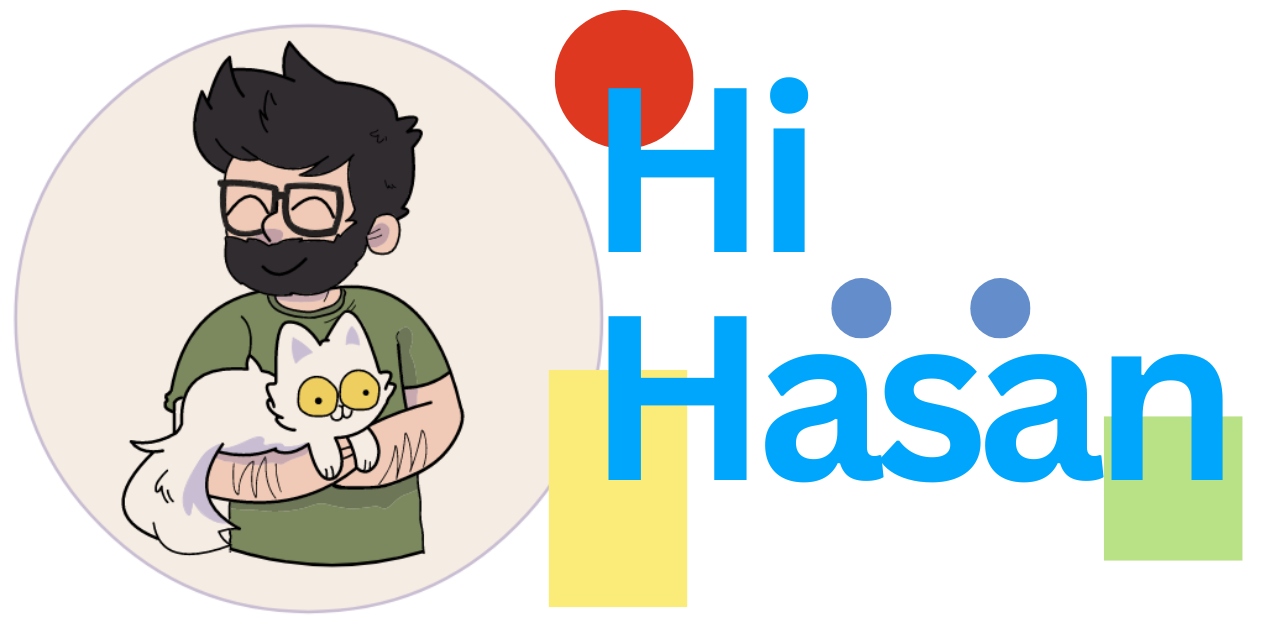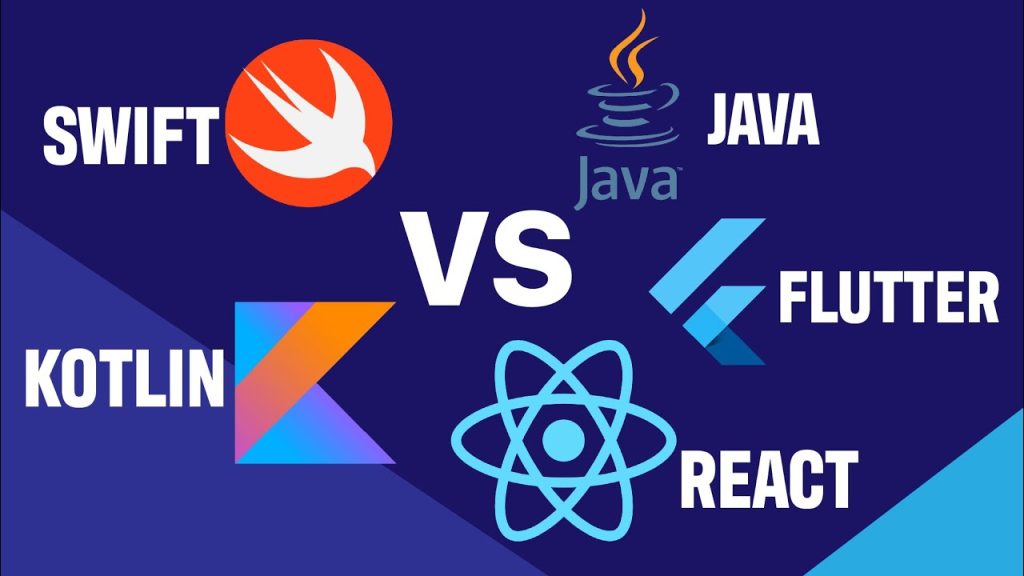Regarding Android development, two programming paradigms refer to different ways of writing code and defining user interfaces: “imperative” and “declarative.”What is Jetpack Compose, and how does it work? Let’s take a closer look at each of them.
Imperative Programming:
In imperative programming, developers explicitly define the steps necessary for a program to achieve a specific outcome. This style of programming centers on describing the precise actions required to manipulate the program’s state and generate the desired results.
In the context of Android development, imperative programming often involves writing step-by-step instructions on how to build and update user interfaces. For example, you might define the individual widgets (like buttons, text views, etc.) in code and specify their properties (e.g., size, position, color) programmatically. This approach can sometimes lead to more extended and more verbose code.
Declarative Programming:
On the other hand, declarative programming involves specifying what you want to achieve rather than how to achieve it. You declare the desired outcome, and the underlying system handles the implementation details. This approach abstracts the low-level code and promotes a more concise and expressive way of defining user interfaces and program logic.
In Android development, declarative programming can be achieved with frameworks like Jetpack Compose or XML-based layout files (e.g., ConstraintLayout, LinearLayout). These frameworks allow you to describe the UI elements and their relationships without getting into the nitty-gritty of how they should be rendered on the screen.
By using declarative programming, you can focus more on the desired outcome and overall structure of your application rather than worrying about individual UI elements and their exact positions and states.
Imperative and declarative programming paradigms in Android each have their own set of pros and cons. Let’s take a look at them:
Imperative Programming:
Pros:
- Fine-grained control: With imperative programming, you have precise control over each step of the program’s execution. This power level can be advantageous when dealing with complex and dynamic user interfaces.
- Familiarity: Imperative programming is a traditional approach that many developers are already familiar with. It’s been the dominant style for a long time, especially in older Android projects.
- Easy to understand step-by-step logic: The code is often structured sequentially, making it easier to understand the flow of the program and the reason behind it.
Cons:
- Boilerplate code: Imperative code can be verbose, leading to more boilerplate code. This can make maintenance and refactoring more challenging and time-consuming.
- Error-prone: Writing imperative code requires careful attention to detail. Any mistakes or omissions can lead to bugs and unexpected behavior, especially in large projects.
- UI and logic tightly coupled: The UI elements and their interactions are often directly tied to the underlying reason. This tight coupling can make it harder to change the UI or the logic independently.
Declarative Programming:
Pros:
- Simplicity and conciseness: Declarative code is often more concise and expressive. It allows you to describe the desired outcome directly, reducing the need for boilerplate code.
- Separation of concerns: Declarative programming promotes a more precise separation between the UI and the underlying logic. This separation makes it easier to maintain and modify different application parts independently.
- Ease of UI prototyping and iteration: Declarative UI frameworks like Jetpack Compose enable rapid prototyping and iterative development. Changes to the UI can be quickly reflected without rewriting large sections of code.
- Higher-level abstractions: Declarative code uses higher-level abstractions, which can lead to more readable and understandable code.
Cons:
- Learning curve: Declarative programming may have a steeper learning curve, especially for developers more familiar with imperative programming. However, this gap is narrowing as declarative frameworks become more mainstream.
- Limited control in some cases: Declarative programming abstracts specific implementation details, sometimes limiting fine-grained control in particular scenarios.
- Performance concerns: In some cases, declarative frameworks might not be as optimized as handcrafted imperative code, though modern declarative frameworks work to address performance concerns.
- Tooling and library support: Some declarative frameworks may have limited tooling and library support compared to more established imperative libraries.
In conclusion, both imperative and declarative approaches have their strengths and weaknesses. The choice between them often depends on the project’s specific requirements, the team’s familiarity with the programming paradigms, and the specific frameworks and tools being used. In recent years, declarative programming has gained popularity in the Android community, especially with the introduction of Jetpack Compose, due to its simplicity, separation of concerns, and rapid development capabilities. However, imperative programming is still widely used and can be a good fit for specific use cases and developers’ preferences.

